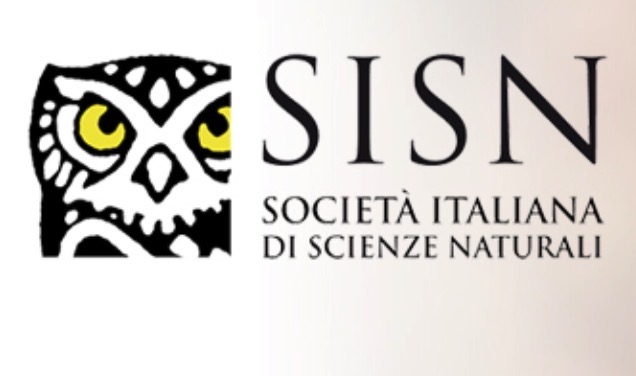Movements of translocated Griffon Vultures (Gyps fulvus) from Sardinia to Corsica call for the transboundary management of an expanding vulture population

All claims expressed in this article are solely those of the authors and do not necessarily represent those of their affiliated organizations, or those of the publisher, the editors and the reviewers. Any product that may be evaluated in this article or claim that may be made by its manufacturer is not guaranteed or endorsed by the publisher.
Authors
The conservation of Griffon Vulture (Gyps fulvus), the most abundant and widespread vulture in Europe, has been the focus of two LIFE project in Sardinia, that foresaw, among other actions, the release of individuals to increase population size. Within the project LIFE Under Griffon Wings (2015-2020), out of 76 Griffon Vultures that have been released in North Western Sardinia, 43 have been fitted with GPS/GSM tags. On the 3rd of April 2023, one of these Griffon Vultures, named “Caniga”, crossed the Strait of Bonifacio and reached Corsica. It stayed on the island for 20 days, before returning to Sardinia on the 23rd of April. Despite Griffon Vultures have been occasionally reported in Corsica in the last decades, this was the first time that one of the individuals released within the LIFE “Under Griffon Wings” project was recorded there. This observation provides evidence that expanding Griffon Vultures in Sardinia could also include Corsica in their movements and calls for the transboundary management of vulture populations between the two islands, including both monitoring and conservation actions minimizing anthropogenic mortality.
How to Cite

This work is licensed under a Creative Commons Attribution-NonCommercial 4.0 International License.
PAGEPress has chosen to apply the Creative Commons Attribution NonCommercial 4.0 International License (CC BY-NC 4.0) to all manuscripts to be published.







